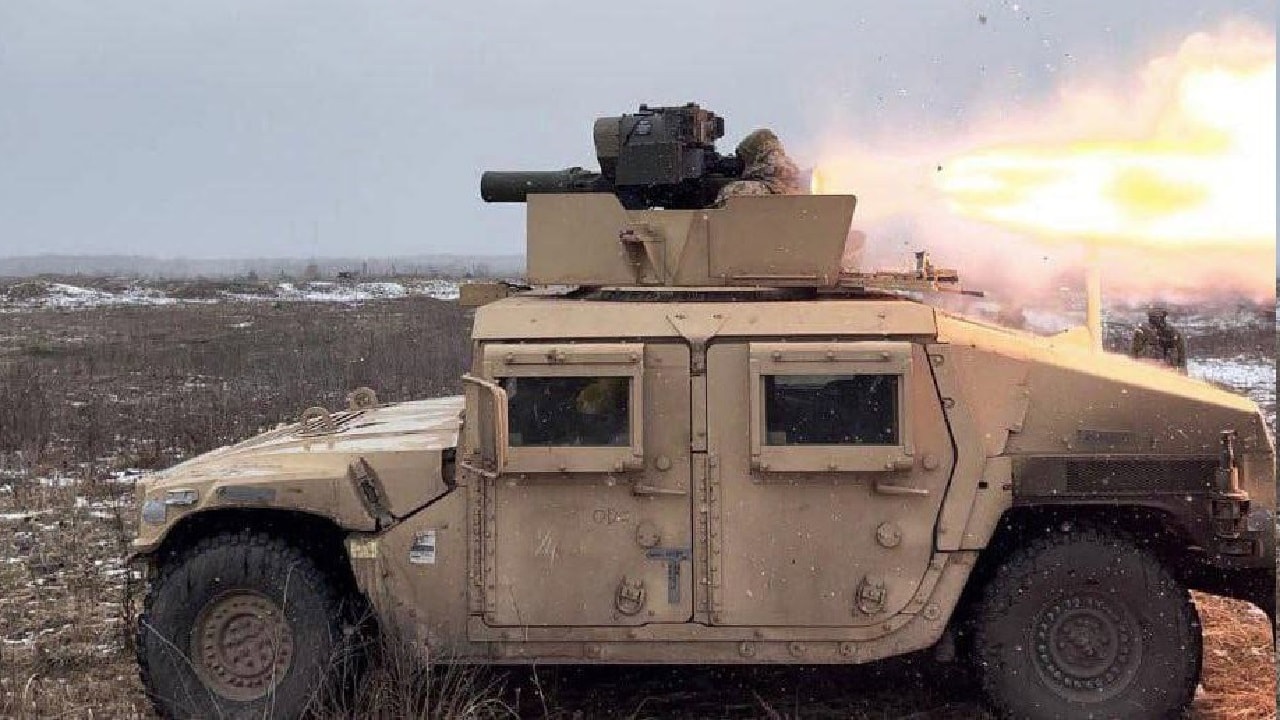Soon, the Ukrainian military will launch a large-scale counteroffensive. The goal? Push the Russian forces back across the battlefield and force Russian President Vladimir Putin to reconsider the viability of his “special military operation.”
Kyiv has started receiving large numbers of key weapon systems from the West. But more will be necessary for Ukraine to prevail.
Western Weapon Systems and Combined Arms Warfare
One of the main considerations for the Ukrainian leadership is the incorporation of new weapon systems into the Ukrainian military. Several countries have committed to sending a variety of important weapon systems to Ukraine.
Poland, Germany, Norway, Finland, and other countries are sending Leopard 2 main battle tanks; the United Kingdom is sending Challenger 2 main battle tanks; the U.S. is sending M1A1 SA Abrams main battle tanks, M2 Bradley infantry fighting vehicles, and M1126 Stryker armored personnel carriers.
But the new Western weapon systems by themselves won’t win the war for the Ukrainians.
To be sure, weapon systems such as the M142 High Mobility Artillery Rocket System (HIMARS), M270 Multiple Launch Rocket System (MLRS), M-777 155mm howitzer, FGM-148 Javelin anti-tank weapon, Caesar self-propelled 155mm howitzer, and Next Generation Light Anti-Tank Weapon (NLAW), among other systems, have helped Ukraine stop the Russian advance and liberate large swaths of territory.
But at the end of the day, the weapon systems are just one part of the equation. A good plan, surprise through deception, flexible command and control, reliable logistics, and reserves are also important for a large-scale offensive operation to succeed.
But in the upcoming counteroffensive, the Ukrainian military’s ability to wage combined arms operations—incorporating and integrating different arms, such as artillery, tanks, mechanized infantry, long range fires, and air power—will be the key.
For the better part of six months, the Russian forces have been digging in and creating vast defensive lines across the battlefield, especially in the south and east. If these fortifications are defended reasonably well, the Ukrainian military will have a tough job cracking them without a combined arms approach.
What’s Next for Ukraine?
Could the Ukrainian counteroffensive end the war? It depends. If the Ukrainian military manages to inflict heavy blows on the Russian forces and threaten the Crimean Peninsula, then the Kremlin might be forced to negotiate.
But for Putin to come to the negotiating table, the Ukrainians will have to achieve a series of victories on the ground. The Russian leader is committed to this war, and there is no opposition—at least yet—from within Russia. Only if he sees that a military catastrophe is imminent will Putin be willing to negotiate. And even then, a negotiated peace might not be realistic.
“[Putin’s] rhetoric and actions, as well as his past patterns,” suggest that might continue fighting even in the absence of any progress on the ground, the Institute for the Study of War assessed in a recent operational update of the war.
“A negotiated settlement may therefore be unattainable because Putin will not accept the reality that he cannot actually conquer Ukraine,” the D.C.-based think tank added.
But even if Ukraine fails to force the Russian leadership to come to the negotiating table with the upcoming counteroffensive, it can achieve something: Ukraine needs convincing victories that will force its Western partners to continue with their life-saving financial and military support.
MORE: PAK DA – Is Russia New Stealth Bomber a Joke?
MORE: Was the F-14 Tomcat Retired Too Early?
MORE: Nimitz-Class – The Best Aircraft Carrier Ever?
Expert Biography
A 19FortyFive Defense and National Security Columnist, Stavros Atlamazoglou is a seasoned defense journalist specializing in special operations, a Hellenic Army veteran (national service with the 575th Marine Battalion and Army HQ), and a Johns Hopkins University graduate.His work has been featured in Business Insider, Sandboxx, and SOFREP.

